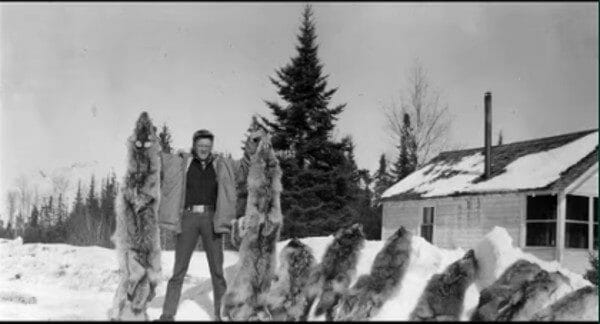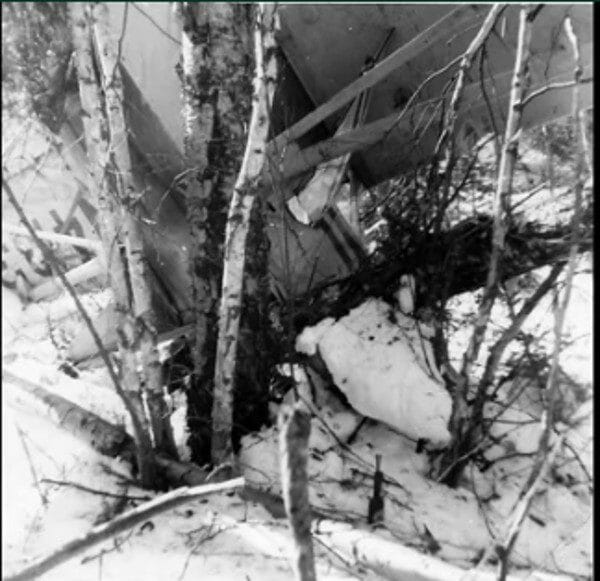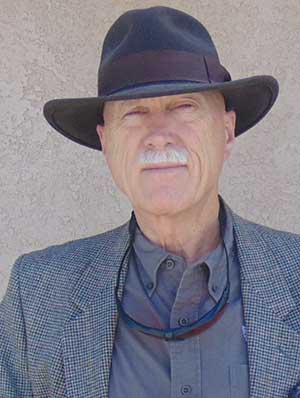
U.S.A. -(Ammoland.com)- -Roy Eykamp is 100 years old and living in NSW, Australia. Shortly after WWII, Roy hunted wolves from a light, ski-equipped airplane in Ontario, Canada. He had tremendous success. He partnered with Harley Rauch, a famous South Dakota pilot. Hunting wolves from an airplane while mere feet off the ground was a dangerous undertaking. Roy nearly died in a crash.
I was fortunate enough to interview Roy. In the video, he explains the technique used to hunt wolves from the air, how the crash occurred, and how he survived.
Minimum wage in 1951 was 75 cents an hour. Roy Eykamp and Harley Rauch received a $25 bounty on each wolf, and sold each wolf for $25 to native Canadians. They pocketed $50 a wolf. They brought in 51 wolves in three weeks, or over $2,550 dollars. It does not sound like much, but in 1951, gold was $35 an ounce. $2,550 was 72 ounces of gold, or the equivalent of $84,600 today.

John Macfie corroborates the story with a blog post from his duty as a wildlife management officer in Ontario at the time. Unfortunately, he mixes Harley Rauch and Cliff Foss in a few details. It was Foss that flew solo, not Rauch, and Rauch flew the Aeronca, not Foss.
Roy details much of the hunt in his auto-biography, “Oh, What Have I Done”
The number of wolves harvested by Roy and Harley brought media attention. A newspaper article was syndicated across the United States and Canada. It was titled something like “2 South Dakota Hunters Get 51 Wolves”, and probably was published in February or March of 1950, 1951, or 1952. The Ontario papers might be the best source for the article. I have not found it.
If any reader finds the newspaper article, an image would be appreciated, or at least a date and a source. Contact Ammoland or leave a comment if you find it. Such history is being written out of the modern schools. We can preserve it on the Internet.
Roy explains some of the flying skill involved. The pilot would attempt to get close to the running wolf, often just a few feet off the ice of a frozen lake. Flying low and slow is very dangerous. It is better to be a bit faster, to give you a chance to avoid obstacles and gain altitude. Roy almost lost his life because of a pilot without sufficient skill.

Roy was not flying with Rauch when the crash happened. A less experienced pilot stalled out his plane at low altitude, and caused the crash. Roy and the pilot survived what should have been a fatal circumstance. They were 25 miles from any help. Roy says his guardian angel was looking out for him.
Wolf bounties are derided today. They are part of the strategy that worked for a hundred years in the United States and Canada. Valerius Geist, a Professor Emeritus of Environmental Science at the University of Calgary, explained how the myth of the “harmless & romantic” wolf was created. He believed in the myth for all of his career, but reality forced him to change his views.
Wolf bounties, trapping, shooting, and snaring of large predators, was an integral part of wildlife management for decades.
There were reasons that large predators were not tolerated in populated areas. There were reasons why large populations of predators and other game animals are incompatible. If you wish to read all the details, read Professor Geist’s paper. Those reasons are as valid today as they were 150 years ago.
Roy Eykamp has lived a remarkable 100 years, so far.
About Dean Weingarten:
Dean Weingarten has been a peace officer, a military officer, was on the University of Wisconsin Pistol Team for four years, and was first certified to teach firearms safety in 1973. He taught the Arizona concealed carry course for fifteen years until the goal of constitutional carry was attained. He has degrees in meteorology and mining engineering, and recently retired from the Department of Defense after a 30 year career in Army Research, Development, Testing, and Evaluation.
